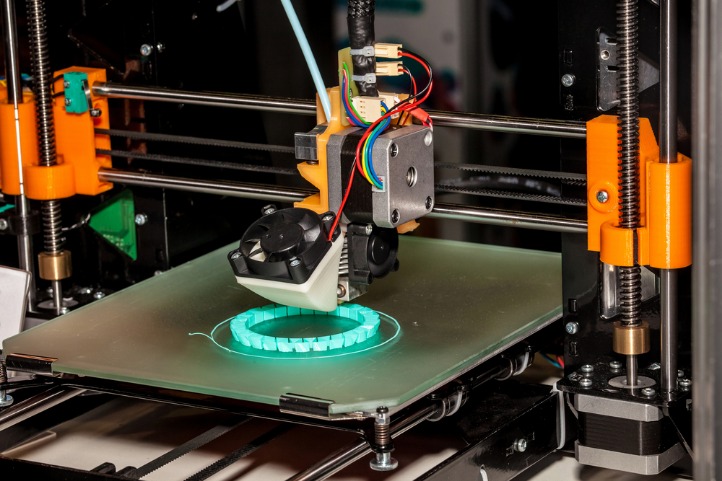The advent of modern technology has brought innovative techniques to various fields, and one particularly fascinating development is the ability to convert image to 3d model. This technology resonates profoundly within industries like gaming, architecture, medicine, and virtual reality, where creating realistic and scalable 3D models is essential.
The Evolution of 3D Modelling
3D modeling has taken significant strides since its inception. Originating from simple wireframes and polygons, the field has now advanced to creating highly complex, photorealistic models. The need to convert image to 3d model arises from the demand for precision and the ability to capture fine details from 2D images that traditional modeling techniques might miss.
How Does It Work?
The process of converting a 2D image into a 3D model involves several critical steps:
- Image Capture: High-quality images are essential for detailed and accurate models. Multiple angles of the subject may be required.
- Data Processing: Specialized software analyzes the images, identifying key points and features. Algorithms are used to triangulate these points, creating a rough 3D structure.
- Refinement: The initial model undergoes further processing to smoothen surfaces, add textures, and ensure accuracy.
- Final Model: After refinement, the final 3D model is rendered, ready for use in various applications.
Applications Across Industries
The ability to convert image to 3d model has revolutionized many sectors:
Read more about image to 3d model here.
Gaming and Entertainment
For creating immersive environments and lifelike characters, 3D models derived from 2D images provide an essential foundation. It allows game designers to recreate intricate details, enhancing the player’s experience.
Architecture and Construction
Architects benefit from converting images to 3D models by saving time and resources. Building designs can be visualized in 3D before construction begins, allowing for better planning and identification of potential issues.
Medical Imaging
In the healthcare domain, converting medical images to 3D models offers doctors a better understanding of patient-specific anatomy. This enhanced visualization assists in surgery planning and medical research.
Technological Solutions and Software
Several software solutions are available for those looking to adopt this innovative technology. These platforms utilize advanced algorithms and AI to convert image to 3d model with a high degree of precision. Popular options include:
- Autodesk ReCap: An excellent tool for architects and designers, known for its robust features and user-friendly interface.
- Meshroom: An open-source solution offering comprehensive photogrammetry capabilities to convert images into 3D models effectively.
- RealityCapture: Renowned for its speed and accuracy, making it a favorite among professionals requiring high-quality outputs.
The Future of 3D Modeling
Looking ahead, the potential for converting 2D images into 3D models continues to expand. As technology evolves, the processes will become more streamlined and accessible, allowing even more industries to harness the power of 3D modeling. The intersection of artificial intelligence, machine learning, and photogrammetry promises exciting advancements that will further refine and enhance the capabilities of converting images into precise 3D models.
In conclusion, the ability to convert image to 3d model represents a significant leap forward in various fields. It enables professionals to visualize, design, and innovate with unparalleled detail and accuracy, paving the way for a future where 3D models play a crucial role in both virtual and physical worlds.





